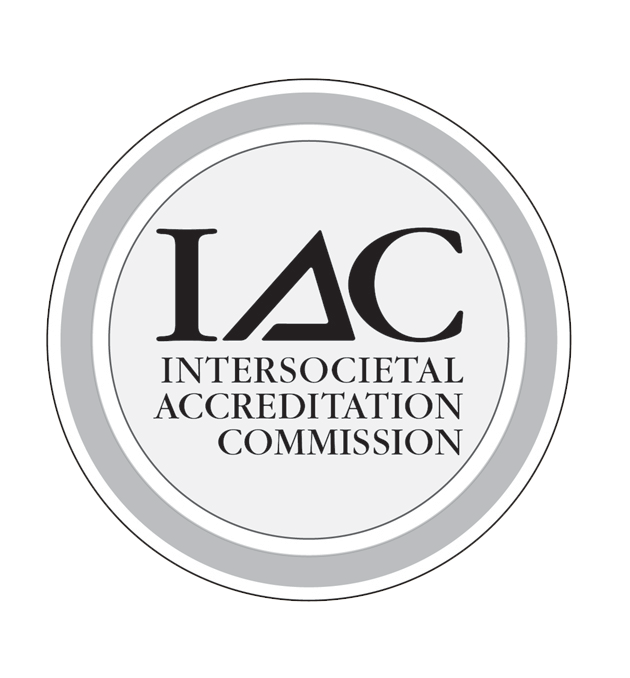 Successful renal replacement therapy (dialysis) requires a reliable means to affect the dialysis! Either peritoneal dialysis (through the abdomen) or hemodialysis (directly via the bloodstream), the creation of access to dialysis must be thoughtful, well planned and have both a patient and surgeon with a thorough knowledge of the importance of the access and its alternatives. The care of the patient with end stage renal disease (ESRD) has improved dramatically in the last two decades such that patients are living significantly longer dependent in dialysis. All dialysis accesses have a limited life span thus making the long-term plan critical for long-term survival of the patient with ESRD. We, at The Cardiovascular Care Group, are committed to creating a plan of care that is individualized for every patient we care for.
Successful renal replacement therapy (dialysis) requires a reliable means to affect the dialysis! Either peritoneal dialysis (through the abdomen) or hemodialysis (directly via the bloodstream), the creation of access to dialysis must be thoughtful, well planned and have both a patient and surgeon with a thorough knowledge of the importance of the access and its alternatives. The care of the patient with end stage renal disease (ESRD) has improved dramatically in the last two decades such that patients are living significantly longer dependent in dialysis. All dialysis accesses have a limited life span thus making the long-term plan critical for long-term survival of the patient with ESRD. We, at The Cardiovascular Care Group, are committed to creating a plan of care that is individualized for every patient we care for.
Effective Hemodialysis requires that blood be removed from the circulation, be routed through the dialysis machine, cleansed and returned to the blood stream in a sterile, aseptic environment. There are three general options for hemodialysis access: arteriovenous fistula (AVF), arteriovenous graft (AVG) and a catheter. In addition, Peritoneal Dialysis (PD) may be appropriate based on the patient’s situation. Each has its role in the care of patients requiring hemodialysis and choosing the correct procedure is critical.
Arteriovenous Fistula (“AVF”)
 An AVF is a direct connection between an artery and a vein. A small slit is created in the artery and the nearby vein is cut and sewn to the artery. Arteries bring blood from the heart to the body and veins return it to the heart. Therefore, an AVF shunts blood back to the heart before reaching its initially “predetermined destination.” This is done to divert the relatively higher pressure flow of the artery into the nearby vein. When successful, the vein dilates (enlarges) and the walls thicken allowing the dialysis needle to be placed into the vein three times each week.
One consideration that is important when considering the use of an AVF is the “maturation time” that is required for an AVF. It typically takes 4-8 weeks for an AVF to “mature”—that is, the time it requires for the vein to dilate and be able to be used of HD. Patient participation in this process is helpful as exercises that increase blood flow through the AVF will hasten its maturation.
The success of an AVF is multifactorial. Choosing the proper vein to use is not always straightforward and must be decided upon by the patient and the physician in collaboration. While the nondominant arm may be preferable, sometimes the veins of the dominant arm are better developed thereby serving as a better AVF conduit. Patients who have had previous catheters and/or pacemakers pose a particular challenge when creating an AVF (or any access.) Therefore, it is critical to create a long term plan for every patient in need of renal replacement therapy!
An AVF is a direct connection between an artery and a vein. A small slit is created in the artery and the nearby vein is cut and sewn to the artery. Arteries bring blood from the heart to the body and veins return it to the heart. Therefore, an AVF shunts blood back to the heart before reaching its initially “predetermined destination.” This is done to divert the relatively higher pressure flow of the artery into the nearby vein. When successful, the vein dilates (enlarges) and the walls thicken allowing the dialysis needle to be placed into the vein three times each week.
One consideration that is important when considering the use of an AVF is the “maturation time” that is required for an AVF. It typically takes 4-8 weeks for an AVF to “mature”—that is, the time it requires for the vein to dilate and be able to be used of HD. Patient participation in this process is helpful as exercises that increase blood flow through the AVF will hasten its maturation.
The success of an AVF is multifactorial. Choosing the proper vein to use is not always straightforward and must be decided upon by the patient and the physician in collaboration. While the nondominant arm may be preferable, sometimes the veins of the dominant arm are better developed thereby serving as a better AVF conduit. Patients who have had previous catheters and/or pacemakers pose a particular challenge when creating an AVF (or any access.) Therefore, it is critical to create a long term plan for every patient in need of renal replacement therapy! Arteriovenous Graft (“AVG”)
When an AVF is not desirable, the connection between the artery and vein can be created indirectly. That is, a tube (made of plastic or another substance) can be sewn in at end to the artery and, at a further distance, to the vein. This allows the shunted blood to flow through this tube and the HD nurses can access the tube directly rather than the patient’s own vein. This technique provides for more options as the artery and vein need not be in close proximity to create an AVG. While the standard technique for and AVG is in the arm, we have been forced to create various configurations—in the legs, on the chest wall—when patients have had multiple previous attempts at HD access that no longer function.
AVGs may be preferable in certain circumstances having some advantages over and AVF but with their own problems! The AVG can typically be used much sooner than an AVF and can, in some instances, be easier for the HD personnel to access. However, since the material used is typically a foreign body (plastic tube), the rate of failure and infection is significantly higher than an AVF. Nonetheless, it is an option that far exceeds the use of a catheter for HD access in almost all regards.
Peritoneal Dialysis (“PD”)
Peritoneal Dialysis (PD) is a treatment for patients with severe chronic kidney disease, especially end-stage renal disease, that uses the lining of your abdomen — called the peritoneum — to filter waste, toxins, and excess fluid from the blood.
A soft catheter is surgically placed into your abdomen. A special cleansing fluid (dialysate) is introduced into the abdominal cavity through the catheter. The peritoneum acts as a natural filter, allowing waste products and extra fluids to pass from the blood into the fluid. After a prescribed dwell time, the fluid — now containing waste — is drained out and replaced with fresh solution.
Catheters
While the least desirable method of HD access, most patients in the US start HD with a catheter. Since the time to maturation of an AVF is several weeks, if patients are not detected to have kidney failure until the time they need HD, one needs to create an immediate method to allow the patient to have HD. Patients fare much better when they are followed by a nephrologist who can, in advance of the need for HD, ask the surgeon to create an AVF that will be ready by the time the patient is predicted to need HD.
When this is not the case, a catheter with two ports is inserted into a large vein near the heart. One port serves to pull blood out of the body through a tube and deliver it to the HD machine and the other returns the cleansed blood back to the body from the machine. The catheter is typically placed through the jugular vein in the neck under x-ray and then guided into the large vein near the heart (vena cava.) Here the catheter can sit and provide excellent flow rates for HD.
Catheters have the disadvantage that AVGs do in that they are a foreign body. Additionally, they go from outside the body to inside the body allowing for bacteria to travel along the course of the catheter. Short-term catheter us is not typically problematic—although it can be without proper catheter care—but utilizing a catheter for the long term is most definitely a concern. Patients who are forced to rely on a catheter for HD, often have life-threatening infections requiring hospitalization and necessitating removal of the catheter.
The Cardiovascular Care Group is committed to ridding as many of our patients of their catheters as possible. Utilizing our highly skilled vascular technologists, we are able to perform ultrasound examinations of the arms, chest and legs to identify veins that might not have been apparent to others. When this is done, we are often able to remove the catheter from patients once we establish a satisfactory access elsewhere in the body.






